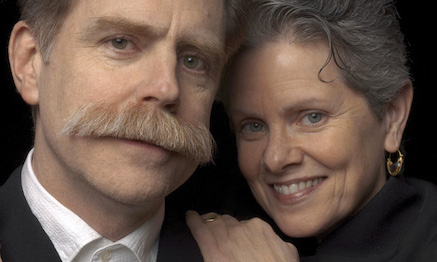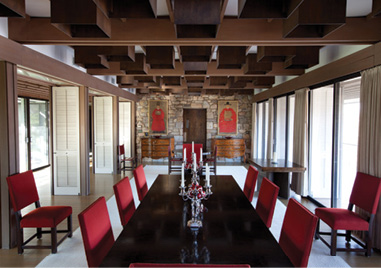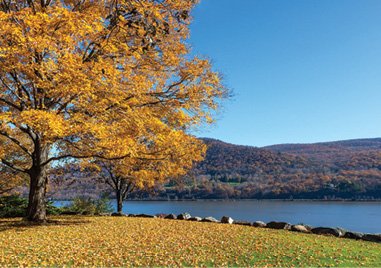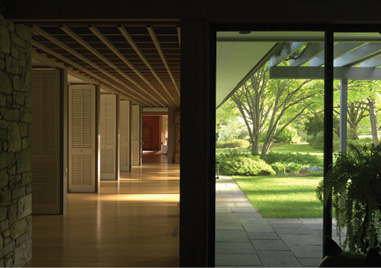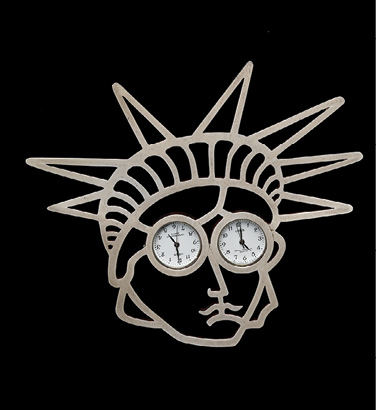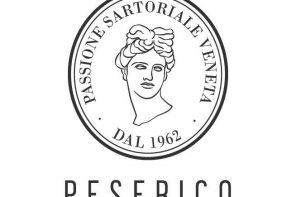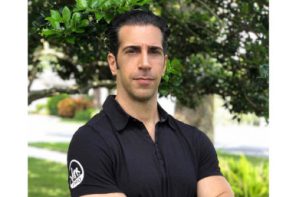Every once and a while, we meet a couple whose creativity and passions are perfectly in sync with each other and with the artistic interests of WAG magazine. John Bigelow Taylor and Dianne Dubler are such a couple.
We first introduced you to the Highland Falls, New York, pair in our September story on the late Frederic Zaavy — the otherworldly jeweler whose nature-inspired creations are true works of art and whose unusual presence echoed the title character of Antoine de Saint-Exupéry’s “Le Petit Prince.” Zaavy had asked the couple to do a book on his career, a request that became more urgent in the last years of his life, which ended in 2011. The resulting “Stardust: The Work and Life of Jeweler Extraordinaire Frederic Zaavy” ($85, 245 pages)wagmag.com/stardust-memories/ — photographed, produced and packaged by Taylor and Dubler and published by Milan’s Officina Libraria — is slated to be released in November.
But “Stardust” is just one kind of book that the pair do, Dubler says.
“We do bespoke books that are not for general consumption,” Taylor says, “where we’re commissioned to photograph important houses, beautiful grounds and important collections.” They may create less than 10 copies or 1,000 for estates on the Hudson River, in Greenwich or out on Long Island, among other locales. These are published through their imprint, Kubaba Books, which began in the 1980s.
“ ‘Kubaba’ is the oldest Indo-European word for the Anatolian Mother Goddess,” Dubler says. It is key to their work and life stories, she adds, “because the other side of all this is our world travels.”
When the couple met on the winter solstice (Dec. 22), 1970 — he was in commercial film; she was a journalist for The Times, Trenton and The Trentonian — it was the spark for a relationship that would take them to such places as Afghanistan, India, Mexico, Nepal and especially Turkey over the course of several decades as they explored their interests in prehistoric and ancient art.
“The photography came out of traveling,” Taylor says. “It became an important part of our transition.”
Looking for more stable careers in the late 1970s than the little jewelry and old furniture import and T-shirt businesses they had been pursuing, the couple heeded the words of their mentor, the collector Gillett Griffin — a curator and scholar of Pre-columbian and Native American art at Princeton University Art Museum.
“Since you love art, why not photograph it?” Taylor recalls him saying.
They left their New Jersey base and moved to Manhattan, where they would have a series of four studio/lofts around the island. Over 40 years, they photographed more than 250 books on everything from jewelry to architecture for such clients as Harry N. Abrams Inc., (now Abrams and still one of the premier publishers of luxury art books), and the Adelson Galleries, located in Manhattan and Palm Beach, whose owners, Jan and Warren Adelson, were longtime Westchester residents.
Among these books were two involving two of the most high powered women in modern times — former Secretary of State Madeleine Albright’s “Read My Pins: Stories From a Diplomat’s Jewel Box” (Harper, 2009) and “Elizabeth Taylor: My Love Affair With Jewelry” (Simon & Schuster, 2002).
John Taylor remembers Albright as “very, very sharp, smart, friendly and dynamic. Her issue was that men have their ties, what did we women have? Well, she had her brooches.”
And they played a key role in brooch diplomacy, as Albright used them to signal everything from a mood to a policy. When Iraqi dictator Saddam Hussein called her a snake, she turned up for a meeting with Iraqi officials sporting a serpent pin.
For Albright’s book, Taylor and Dubler photographed some 200 to 300 out of 1,000 brooches in their Manhattan studio.
Their encounter with two-time Oscar-winning actress and AIDS fundraiser Elizabeth Taylor was equally memorable, with the couple photographing her jewels in the trophy room of her Bel Air home. Though the actress was fairly reclusive with a number of health issues, she would pop in during the evening, when she got up, to say “hello.”
“We thought she was great,” John Taylor says, adding that her famed violet eyes seemed to say she just wanted to have fun.
Around the same time they were meeting Liz Taylor, the couple received a commission from Jacob Rothschild and Paul Gottlieb — the legendary publisher and editor in chief of Harry N. Abrams and another mentor — that would lead them deeper into the world of bespoke publishing. Producing the images for “Waddesdon Manor: A Biography of a Rothschild House” — in the village of Waddesdon, Buckinghamshire, England — Taylor and Dubler saw “The Red Book,” a bespoke volume on the house that Frederick de Rothschild, the original owner of the manor, created in 1897. The less than 10 copies were given to family members and, in one special case, Queen Victoria upon her visit. From “The Red Book,” Kubaba Books took off.
A year ago, Taylor and Dubler moved exclusively to their place in Highland Falls.
“One of the reasons we left New York City is that most of our work is done on location,” Taylor says. This will include for upcoming bespoke books on a big estate on Long Island and one on the Hudson River, for which the couple will play their usual complementary roles. On the shoots, Taylor is the technical one; Dubler, the stylist.
“Our lives have been a privilege of extraordinary places and extraordinary people,” Taylor says. The books are, he adds, “a continuation of our own life adventure.”
For more, visit kubaba.com.

